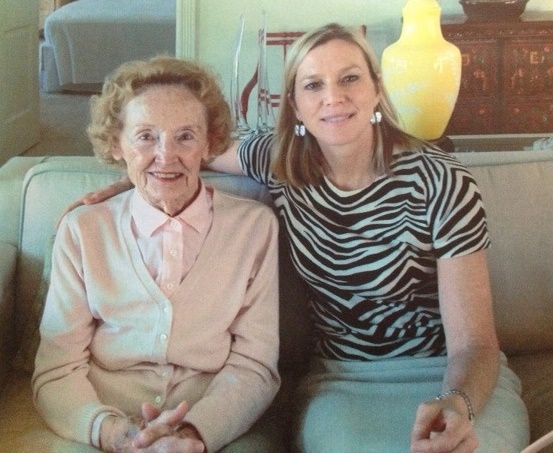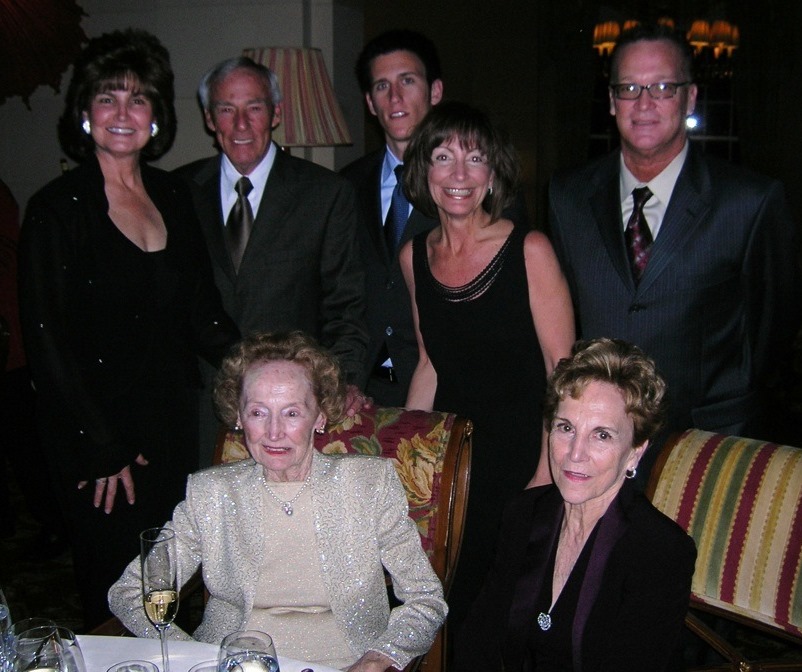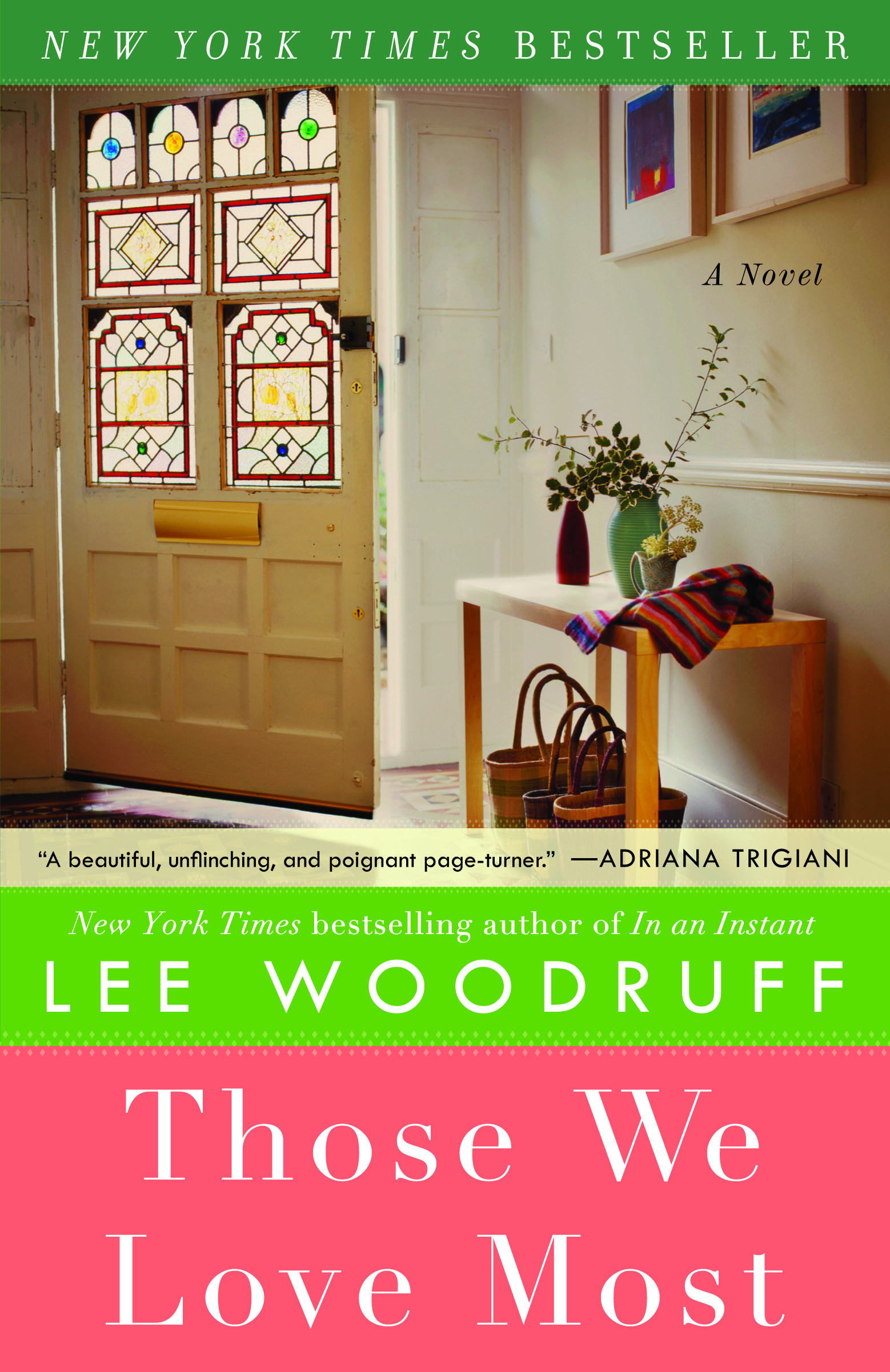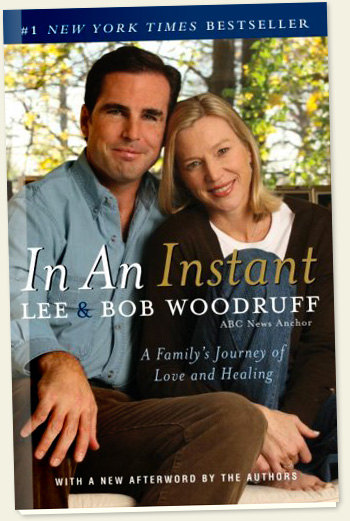A Remarkable Persson
 September 23, 2013
September 23, 2013  5 Comments
5 Comments Things come in bunches. And so this spring was a season of loss when first a friend passed away, then my mother-in-law, and finally another extraordinary woman, whom I actually only met three times in person, but who impacted the world in important and aspirational ways.
The remarkable Helen Persson was 95 years old when she died. And although I recognize that none of us are going to ever cheat death, especially in their ninth decade, the news stayed with me for days.
People throw around the description that someone has a “sparkle in their eye,” but in her case it was a physical fact. Her hazel eyes virtually twinkled and snapped with life, interest and a little bit of healthy mischief.
She used her influence wisely, and understood the power of giving back when the world has handed you good fortune. And to that end, she gave generously during her lifetime in the areas of education, the arts and assisting our military families.
Helen is one of those American dream stories that continue to reinforce that a little luck, combined with elbow grease and chutzpah, can carry someone a long way down the road. She grew up in Bethlehem, Pennsylvania, the daughter of Russian immigrants who imbued her with a strong faith and a love of music. And she would go on to sing professionally, encouraged by an officer in the Navy who had heard her perform. Music and opera singing became both her passion and vocation. And after leaving the military, Helen would have many roles in operatic productions, often playing the lead.
She got her nursing degree at the University of Pennsylvania College of Nursing and shipped out after Pearl Harbor during WW2 with the Navy Nurse Corp. Working her way up, she attained the rank of Lieutenant Commander. When I met Helen for the first time, she emotionally recounted some of her experiences caring for the wounded in the war. She spoke of the boys she could not save, the ones who asked for their mothers before they died. She understood first hand that head injuries were among the most devastating and severe wounds of war.
It was this connection, her close association with caring for those who had sustained blast injuries that brought me into Helen’s orbit for the first time. She had followed my husband Bob’s career as an anchor on television. When the news was announced that he had been hit by a roadside bomb, Helen instantly understood that the prognosis was not good.
On my first visit to her home in Pam Beach, Helen told me that she would never forget the young men she had cared for. The experience of tending to young soldiers, who were wounded in battle, would forever forge her appreciation for and dedication to our nation’s military families. Helen considered herself connected to them.
I would hear the sentiments and sorrow articulated by Helen echoed by many of the nurses who served in Vietnam. Their pain and trauma was, like so many of our medical personnel in wartime, never given an outlet or acknowledged by the military and the public. No one, in pervious wars, recognized the post traumatic stress that comes with treating injured and dying soldiers. Most of the incredible medics, nurses, doctors and other health professionals who served our troops lived silently with their internal scars of trauma and stress.
It was our mutual connection to Colgate University that brought me into contact with Helen. Her husband, Ted Persson ’42, was a generous benefactor to Bob’s and my alma mater and a mutual friend from the University introduced us. Although I was eager to speak with her, at that first meeting I was unsure of what condition she might be in at her age.
The woman who greeted me, with that signature twinkle and wonderful laugh, was not compromised one bit by any cognitive clouding. She was sharp as a tack, asking brilliant questions and telling stories of her gutsy, accomplished life.
She had read our book, “In an Instant,” and she wanted to know more about the Bob Woodruff Foundation, which helps injured service members and their families cope with the wounds of war. She asked thoughtful questions about our mission and drilled me on how our dollars were spent.
It was a few weeks later, after that first visit, that our fledgling foundation got a phone call from Helen. She wanted to make a donation, to help give us the wings we needed to tackle some of the long-term issues plaguing our service members.
I can picture exactly where I was standing when I got the call from the foundation’s Executive Director. I was at a spa where two dear friends had kidnapped me to “caregive the caregiver” as they called it, following the grueling year of putting our family back together during Bob’s long recovery. I stepped outside into the sunlight to take the call.
“Are you sitting down,” our executive director asked. I wasn’t.
“I just got off the phone with Helen Persson. She’s writing us a check for one million dollars.” Silence. I was speechless. And then I burst into tears and sat down.
For each of those remaining years of her life, Bob and I were honored to be invited to her annual birthday party in Palm Beach. They were always intimate affairs, with the people surrounding her she loved most, her family, her fellow opera buffs, some of the folks from the hospital where she was a benefactress and many others who were the definition of devoted friends.
At the first party I attended, Helen belted out a song for her guests, accompanied by a pianist. I remember being captivated by the look of pure joy on her face at the ability to entertain us all.
Over the years we stayed in touch through phone calls and notes. We put a scrapbook together for her of some of the families that her generous donation had helped. I was able to travel to one more of her birthday celebrations, but each time Bob was called away for a journalistic assignment. Once he was actually holding plane tickets and then got called away the night before.
Both of us had Helen’s 95th birthday written in pen on our calendars. But this past year she pulled a fast one on us, holding the party on the weekend presumably so that it would be easier for out of town guests to travel there. We were both very disappointed to realize that we had solidly booked commitments on the date of her soiree. We would miss another year. But Bob taped a video message to her and told her he would be there next year, regardless of whatever news was breaking and where.
Helen’s death shouldn’t have shocked us. At some point the body simply gives out. But the news filled me with remorse. We would not get another chance to see Helen, to hear her stories about the past, to listen to the laugh that always made you smile when you heard it.
Weeks later, once again, a call from our foundation. Helen Persson had remembered the military families and the wounded in her will. She had honored the work of the Bob Woodruff Foundation with another substantial donation. More tears of joy. This time I made sure to sit down.
This year we will be establishing an award for Helen Persson as a way to honor her legacy of service. It is fitting that the intention of the award is to recognize a “Persson” who has given admirably in the area of veteran’s causes and veteran’s service organizations.
I like to imagine that somewhere up there in the big old heavens, Helen is reuniting with many of her old friends, her husband and family, and I imagine a number of the young men whom she once cared for during World War II. That’s the way I like to picture it, anyway.
Helen Persson left her mark in ways too numerous to detail here, and if I did it would sound like a lengthy obituary. She lived fully and loved large, and she remains a shining example to me that there are big and little ways to positively impact this world. She didn’t just twinkle, she shone. May we all move through the world a little like Helen.
www.leewoodruff.com facebook.com/leemwoodruff twitter@LeeMWoodruff











